Overview
This article relates to employers who are Applicable Large Employers (ALEs) under the Affordable Care Act. Specifically, it applies to ALEs who hire variable hour workers and have elected the measurement/stability period safe harbor eligibility provision.
This article explains how health plan eligibility is determined for variable hour employees. If you are a variable hour employee with a flexible work schedule such that it cannot be determined in advance whether or not you will work an average of 30 hours per week (the federal minimum threshold to qualify for health plan coverage), this article applies to you. In order to determine eligibility for health plan coverage, your employer may elect to use federal “safe harbor” provisions for determining your health plan eligibility.
Safe Harbor Eligibility Rule
You will be subject to a measurement period (as outlined in your employer’s ERISA Summary Plan Description). During the measurement period, you will NOT be eligible for health insurance. During that period, your employer will determine your eligibility for health benefits by tracking your hours of service during an “initial measurement period.” Hours of service that count towards your eligibility for health benefits include: (1) hours for which you are paid for work, and (2) hours for which you are paid for vacation, holiday, illness, disability, layoff, jury duty, military duty, or leave of absence.
Averaging 30 Hours or More
If your average hours worked exceeds the threshold during the initial measurement period, then you will be eligible for health benefits for a period of time equal to the stability period. At that point, your eligibility for coverage will have been “earned” for the duration of the stability period, and your employer will maintain your coverage through the stability period, even if your actual average hours worked falls below the threshold. However, you must elect coverage, pay your share of premiums, and continue to be an employee during this period in order to maintain coverage through your stability period. One last note, there is an administration period (as noted below) in between the end of the measurement period and the beginning of the stability period to allow for processing of your election.
Averaging Less Than 30 Hours
If your average hours worked does not meet the threshold during the initial measurement period, then you will be not be eligible for health benefits for a period of time equal to the stability period. You will not be eligible for health coverage through the entire stability period even if your average hours during the stability period increases above the threshold. However, if you have a change in employment status such that you are no longer a variable hour employee and you are newly in a classification that is eligible for health benefits, you would not be subject to the entire stability period lock out period.
After the Initial Measurement Period
Regardless of the outcome of your initial measurement period (eligibility for health coverage earned or not), your hours will be counted toward eligibility for future coverage based on the company’s ongoing measurement period. In some cases, your initial measurement period and the standard measurement period will overlap. During any such overlap, your hours will be counted separately toward each of the measurement periods and your eligibility will accrue separately to each of the initial and ongoing measurement periods. Your initial measurement period is based on when you are hired. The ongoing measurement period is based on a specific calendar year cycle.
Administration Period
This is the period after the end of your measurement period (and before the beginning of the stability period associated with your measurement period) during which the plan sponsor is allowed to perform administrative tasks, such as calculating the hours for the measurement period, determining eligibility for coverage, providing enrollment materials to eligible employees, and conducting Open Enrollment and processing enrollment documents.
Rehires and Leaves of Absence
If you terminate employment and are rehired or go on a leave of absence such that you have a break in service of 13 continuous weeks or more (26 weeks for an educational organization), you will be subject to a new waiting period. However, if you terminate employment and are rehired or go on a leave of absence such that your break in service is less than 13 weeks, you will not be subject to a new waiting period.
Change in Employment Status
If you are an ongoing employee (not in your initial measurement period) and you experience a change in employment status before the end of the stability period, the change will not affect your classification as a full-time employee (or not a full-time employee) for the remaining portion of the stability period. However, if you transfer to a position that would have been considered part-time had you originally been hired into that position, and are continuously working under 30 hours per week, your classification as a full time employee may change. If you are a new variable hour employee and your employment status materially changes before the end of your initial measurement period in such a way that, if you had begun employment in the new position, you reasonably would have been expected to average at least 30 hours of service per week, and you actually average at least 30 hours of service per week during the initial measurement period, your change in status will move you from a variable hour employee to full time employee status and your benefits eligibility will follow the rules for regular full time employees.


